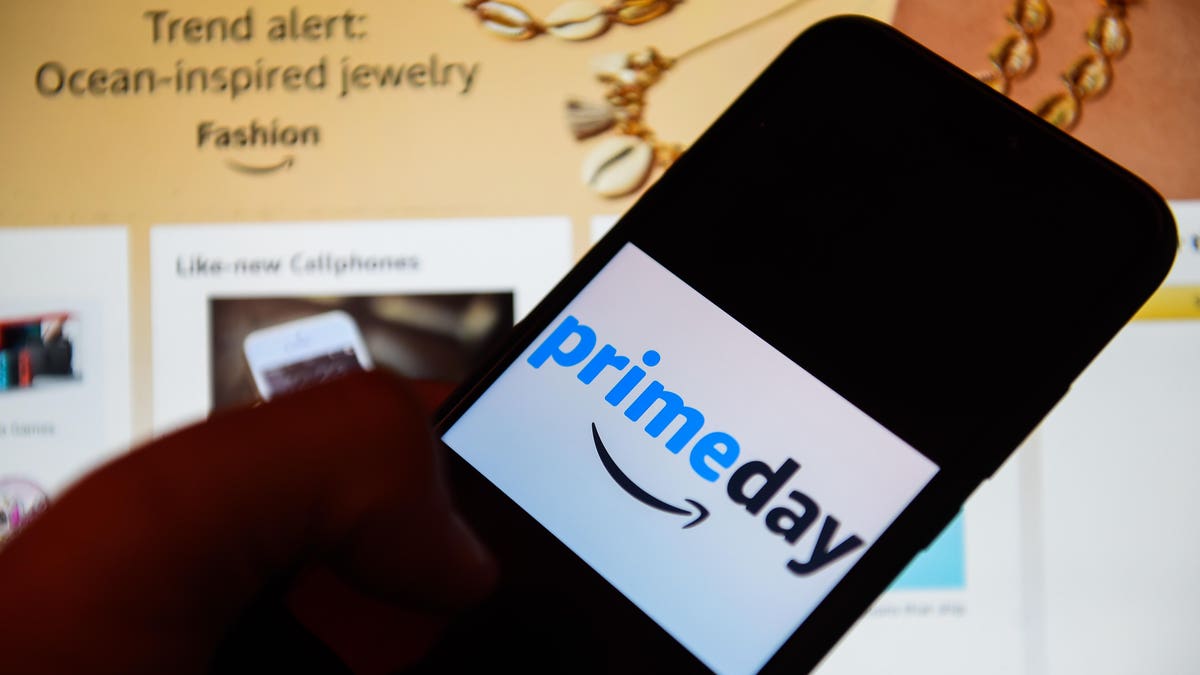The results are in – Amazon
AMZN
The event has been running since 2015 and has spawned copycat events from major rivals like Target
TGT
WMT
So what made this year’s Prime Day perform so strongly? There are 3 factors I believe have led to this result.
Brands Showed Up Strong For Deals
Each year, the agency I work for tracks participation in Prime Day by clients – that is, what percentage of clients choose to run deals and discounts during the event. This year, more clients participated in Prime Day, with 80% opting in, compared to 69% in 2022 and 64% in 2021.
2021 and 2022 presented unique challenges for brands that led to many choosing to eschew promotions. 2021 was a year of great supply chain disruption and many brands simply did not have the inventory available to sell, let alone run discounts.
That issue resolved in 2022, but a new one emerged: pricing. The cost of everything from raw materials, finished goods, labor, and transport had increased, and many brands were still in the process of making price increases. With slim margins, many brands could not justify discounts right away.
Participation by brands is one variable for discounting. Better participation means more excitement from consumers when they see promotions from a lot of brands they are interested in. Of course, Amazon needs to sell more items to make up ground when many products have been discounted by, say, 20%. But based on Amazon’s own data, it seems like volume more than made up for any price reductions.
But the second variable is how attractive the discounts actually are. In 2023, brands appeared to offer strong discounts. A report from Analytic Index shows that brands with a low best-seller rank in the Home & Kitchen category (meaning, the top-selling brands in their category) were discounting by about 20%. Similar discounting patterns are seen in other departments.
A Lack Of Glitches
I recently wrote for Forbes about how technical glitches often crop up during Prime Day and other major sales events. This year, we saw few to none.
The biggest concerns were advertising reporting that seemed to be a little slower than usual, and a budget cap that Amazon created as a default setting for Sponsored Product ad campaigns. This may have caused some brands to under-spend on advertising. But these issues were very minor compared with major outages during other sales events.
Being largely issue-free, 2023’s Prime Day allowed brands to run their promotions and advertise their products according to their original plans and move as much inventory as consumers demanded.
Advertising Provided Great Returns
Ad-tech provider Perpetua reported that the average Advertising Cost of Sales (also known as ACoS – Amazon’s equivalent to a Return-On-Ad-Spend metric) was 9% lower than 2022’s Prime Day event.
A lot of sales on Amazon occur through various ad placements. In part because so much visual “real estate” on Amazon is taken up by ads. So advertising is naturally a big component of most brands’ Prime Day strategies.
A stronger than expected ACoS means that many brands are willing to increase their investment in ads during the event. Many clients at Acadia decided to increase their budgets during the event because the returns they were seeing were better than expected. This in turn led to stronger sales for these brands.
So what drives lower ACoS? Amazon’s pay-per-click advertising system is built on an auction format, so it is partly driven by competition from other advertisers who may be bidding on the same keyword as you. This competition drives the cost-per-click up or down, depending on the relative competitiveness. Another factro driving ACoS is conversion rate. Data from Perpetua, as well as our experience at Acadia, suggests that conversion rates were higher this year. Stronger conversion rates could be driven by customers who were more willing to purchase.
In Conclusion
There are many variables required to execute a successful major sales event. Amazon has developed both a playbook that works, and a reputation among consumers for a big event. 2023 is the first year since the pandemic where external economic factors didn’t threaten the event.
Now that Prime Day has wrapped for 2023, brands and their partners will be reflecting on lessons-learned from the event, and considering how to leverage those for future sales events in 2023: the Black Friday – Cyber Monday weekend, and a possible fall Prime Day event from Amazon – still unconfirmed by the company.
Read the full article here





